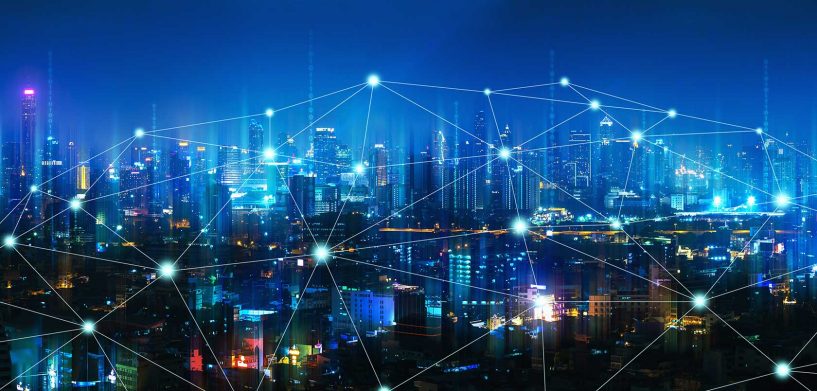Helping unify distributed teams with powerful, shared workspaces and information that supports government agencies and other organisations.
The world is changing fast, and the need for greater collaboration among communities and organisations has become critical for; growth, emergency response, transportation and other critical needs. It’s these vital connections that keep jobs, people and daily operations moving smoothly, especially in urban areas.
Global market research firm, IDC predicts that by 2024, spending by smart cities and communities will reach $203 billion with focus on areas like public safety, civic engagement and smart city platforms. These investments will continue to drive long-term change that will foster an environment where all citizens feel like they are benefiting from these significant advances.
Technology-based smart city solutions are at the heart of what keeps today’s communities going. Taking that to the next level is HxGN Connect, Hexagon’s SaaS, collaborative workspace that enables data sharing and coordinates actions like never before. This groundbreaking platform offers a richer, more unified view of information with built-in messaging and tasking to support daily engagement and collaboration. Not only does it elevate communication and connection, but it also breaks down troublesome barriers between departments, organisations, cities and regions.
“The future of smart cities lies in connected data communities that enable users to work with people and information irrespective of organisational and geographical affiliations or technology limitations,” says Hexagon President and CEO Ola Rollén. “HxGN Connect reimagines collaboration, breaking down barriers and bridging gaps between vertical sectors, organisational types and operational functions, which means safer cities, more effective services, and happier residents.”
One of the most important aspects of HxGN Connect is its ability to reduce the occurrence of information silos and bring information together for all departments within an organisation or organisations – improving connectivity, planning, safety and performance. This helps to limit data inconsistencies and resolves issues quickly so that everyone involved sees the same thing, without conflicting information – particularly in moments of a crisis.
Technology is transforming the way cities function – and as a result, there is greater visibility into live operations for better incident response and planning, equipping a city to engage, empower and better serve the people that live within it. Creating and empowering smarter cities that will ultimately be a catalyst for sustainable growth and improved citizen safety.

















